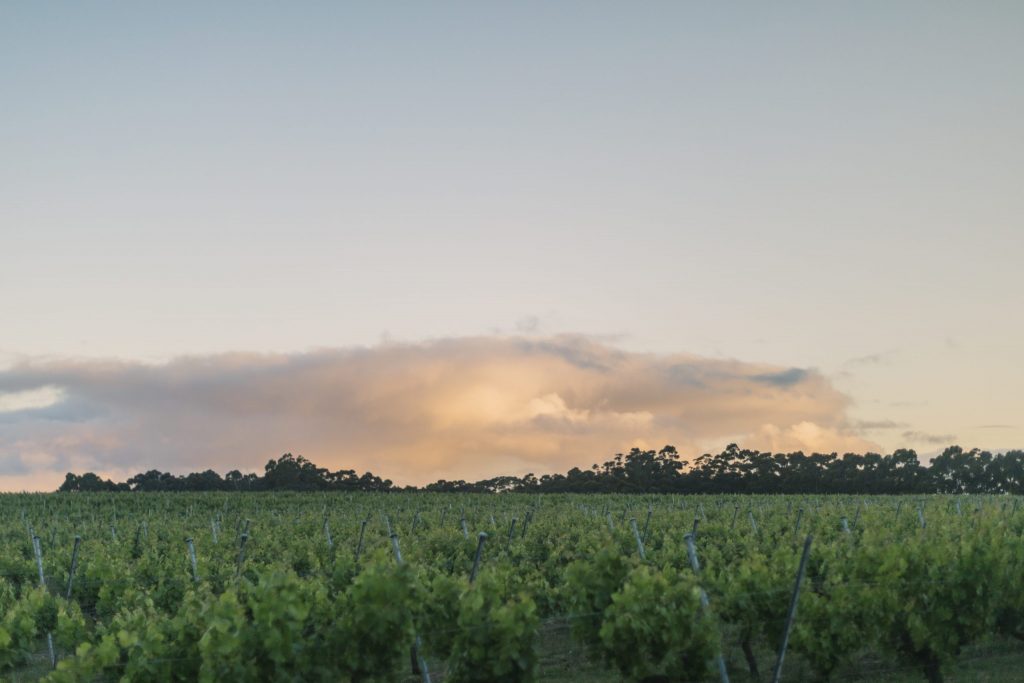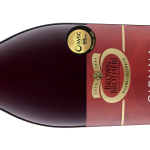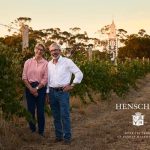Image: Wine Australia
The dream of an officially recognised Wilyabrup sub-region within the greater Margaret River wine appellation remains well and truly alive according to the five premium producers behind a push for Wilyabrup’s recognition.
In December 2019, following a formal application to Wine Australia lodged in 2017 [Attached] by the group comprising some of Margaret River’s most awarded and recognised producers – Cullen Wines; Fraser Gallop Estate; Lenton Brae; Moss Wood; and Woodlands Wines – the Geographical Indications Committee made an interim determination to recognise Wilyabrup as a geographical sub-regional indication within the broader Margaret River wine region in Western Australia.
“A GI identifies wine as originating in a specific region or locality where its characteristics can be attributable to their geographic origin,” presiding member of the Geographical Indications Committee Dennis Mutton said.
Recent media reports have suggested the bid has subsequently failed.
“This simply isn’t the case. Nothing has changed,” insists Moss Wood vigneron Keith Mugford, “the decision is merely on hold pending consensus on the definition of the sub-regional boundaries and attributes”.
“The group is encouraged that the GIC have said they are happy to see the name continue to be used.”
“We began this process because we want to make sure Wilyabrup’s integrity is protected and if a consumer buys a wine labelled as coming from Wilaybrup, they can be assured this is truly the case,” continued Mugford.
“The Label Integrity Program, within which all producers have to operate and are subject to audit, explicitly defends the nation’s various GI’s. Sure it is reasonable to extend this to Wilaybrup?”
“We want to protect the name to ensure it’s not being used incorrectly and help consumers to make informed choices,” said Nigel Gallop of Fraser Gallop Estate.
“Label integrity is key to this. It’s the first step in a gentle move towards recognition of the different characteristics that make the wines of the Margaret River region so exceptional.”
The Wilyabrup group is confident that the consistent maritime climate and topography of the region and its effect on the unique qualities of the wines of that area is inarguable.
“Topography and climate are consistent over time. The data is what it is,” said Mugford.
“Growing up in the wine industry we were always talking about Wilyabrup,” said Woodlands winemaker and vigneron Stuart Watson, “There’s always been contention about where the boundaries are”.
“Soil science will only take you so far. The longer I spend here the more I understand the micro climate seems to be the most influencing factor in the production of quality wines.
“The wind at night, the temperature of the wind, the rainfall, the valleys and the temperature affects the berries. The overall drainage patterns bring it all together. The water holding capacity of the soil and the availability of water at the right time.”
The data, sourced from the original work by academic and Margaret River visionary Dr John Gladstones is considered to be the definitive work on the potential of the region as a whole and the opportunity to further differentiate the region through appellation of six sub-regions: Carbanup, Yallingup, Wilyabrup, Treeton, Wallcliffe and Karridale.
The report, updated in July 2019, notes, “It is 20 years since the region’s potential sub-regions were mapped and named”.
“In that time they have been vindicated both in practical outcomes and through their acceptance for local colloquial use.
“Now seems to be a suitable time to seek such registration, and it would be advantageous for all sub-regions to do so…It would give all the region’s producers maximum flexibility for labelling their wines for diverse markets as they develop.”
The group also contracted Dr Jatin Kala, senior lecturer in Atmospheric Science at WA’s Murdoch University, to do a study “On variations in climate indices within the Margaret River wine region of southwest Western Australia.”
The study supports the assertion that the wines of Wilyabrup have unique characteristics due to these macro influences.
Dr Kala concludes, “The results overall suggest that the classification would help better distinguish between the different one regions in Margaret River”.
“It’s not just the data. The Wilyabrup wine community has been gathering annually for the past eight years to taste Wilyabrup cabernet and over the years a pattern of characteristics peculiar to those wines has been identified and agreed upon. That community have been strongly in favour of the application since the beginning,” said Gallop.
“It’s very disappointing people are questioning our motivation. We’re just trying to delineate something that everyone knows exists,” said Watson.
“At the end of the day the thrust of the sub-regional application is just to provide clarity for the labelling. The line isn’t going to change the marketing.
“Every other wine region in the world has sub-regions. When you look at the great wines of Bordeaux, for example, it doesn’t say Bordeaux on the label. It doesn’t need to. The reality is Bordeaux is the brand as Margaret River will continue to be.”
In New South Wales, the Hunter Valley wine region is further delineated by Broke Fordwich, Pokolkbin and Upper Hunter Valley.
Similarly in Western Australia, the Great Southern wine region comprises the sub-regions of Albany, Denmark, Franklin River, Mount Barker and Porongorup.
“We’ve laid the seed for the future,” said Keith Mugford of Moss Wood, “we are very pleased the GIC haven’t abandoned their ruling”.
“We don’t see ourselves as separate, we have always been and will continue to be proud Margaret River wine producers.”
“Since the first Wilyabrup plantings in 1966 the unique characteristics of the wines from this sub-region have received worldwide acknowledgement and recognition. It’s a unique place that needs protection.
“The reality is we are in awe of the progress of this little locality. It’s a privilege and a blessing to be a part of this wonderful place,” said Vanya Cullen of Cullen Wines.
Are you a Daily Wine News subscriber? If not, click here to join our mailing list. It’s free!





















